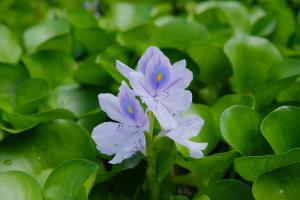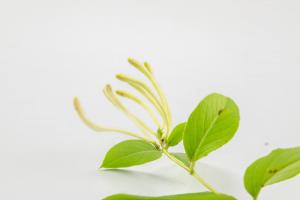What to Put on Newly Planted Trees
Newly planted trees are vulnerable and need proper care and attention to thrive. One way to ensure their health and growth is by putting the right things on them. Here are some things you can put on newly planted trees:
Mulch
Mulch is an excellent material to put around the base of newly planted trees. It protects the roots from extreme temperatures, retains moisture in the soil, and prevents weeds from growing. Apply a layer of two to three inches of organic mulch such as wood chips or bark around the base of the tree, taking care not to pile it up against the trunk as this can cause rotting.
Fertilizer
Newly planted trees can benefit from a slow-release fertilizer that provides essential nutrients to help them establish roots and grow healthy leaves. Choose a fertilizer that is specifically formulated for trees and follow the instructions carefully. Avoid over-fertilizing, which can harm the tree and pollute the environment.
Stakes and Ties
If planting a tall or bare-root tree, it may need stakes and ties to keep it stable until it establishes a strong root system. Use sturdy wooden stakes that are at least one-third the height of the tree and secure them to the trunk with soft, flexible ties that will not damage the bark. Check the ties regularly and loosen them once the tree has grown stronger. Leaving them on too long can cause the tree to become dependent on them and weaken its trunk.
Water
Newly planted trees need regular watering to establish their roots and thrive. Give them a slow, deep soaking of about 10-15 gallons of water per week, depending on the size and species of the tree. Adjust the watering frequency according to the weather conditions and season, but avoid overwatering, which can lead to root rot and other diseases.
Sunlight and Airflow
Proper sunlight and airflow are crucial for tree growth and health. Avoid planting trees in areas that are shady or have poor air circulation, as this can cause them to develop diseases and weak branches. Also, be mindful of any nearby structures or buildings that may obstruct sunlight and airflow. Prune any interfering branches or shrubs to allow sunlight and air to reach the tree.
Pests and Diseases
Newly planted trees are vulnerable to pests and diseases that can damage them and hinder their growth. Inspect the tree regularly for signs of insect infestations, such as holes in the leaves or bark, and any fungal growth. Treat any problems early with organic or chemical remedies recommended for your particular tree species.
By putting these things on your newly planted trees, you can provide them with the best possible care and help them grow into strong, healthy trees that will benefit the environment for years to come.

 how many times do yo...
how many times do yo... how many planted tre...
how many planted tre... how many pine trees ...
how many pine trees ... how many pecan trees...
how many pecan trees... how many plants comp...
how many plants comp... how many plants can ...
how many plants can ... how many plants and ...
how many plants and ... how many pepper plan...
how many pepper plan...






























